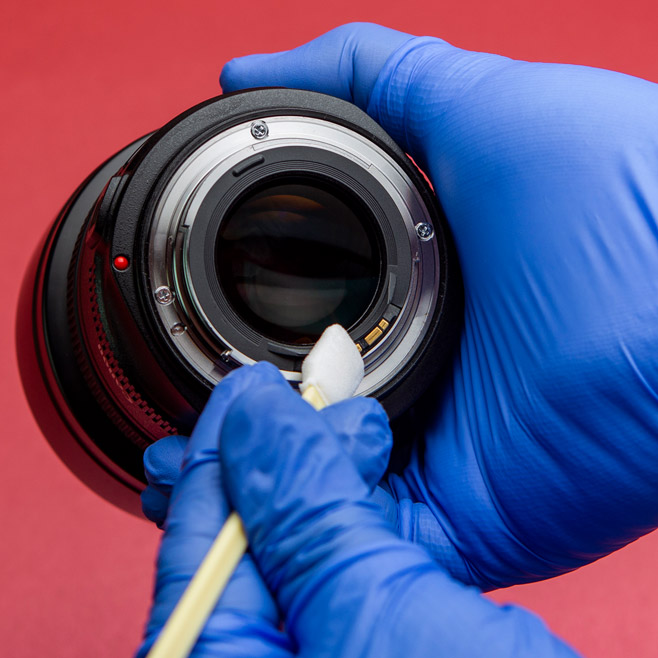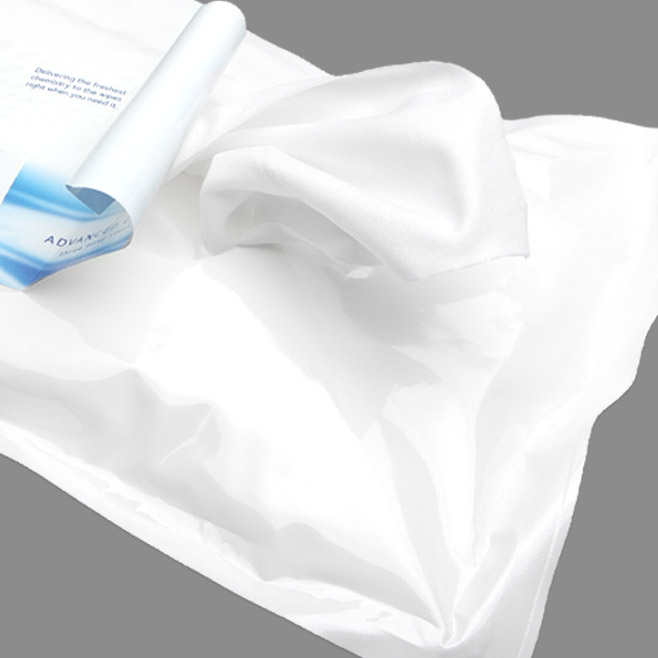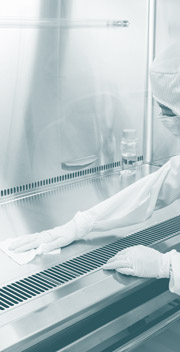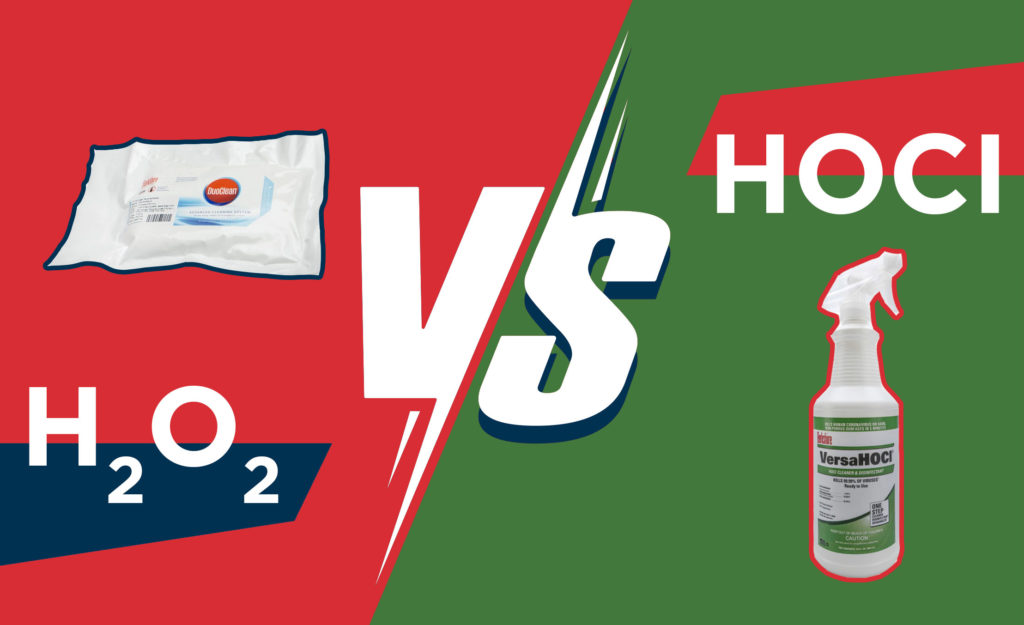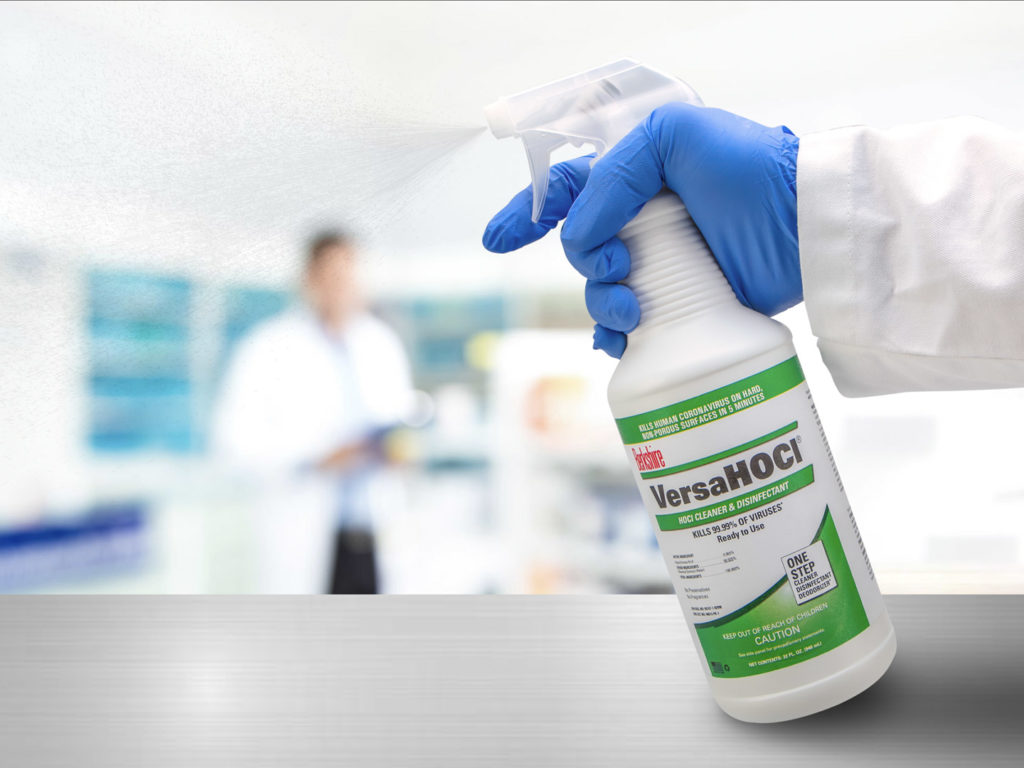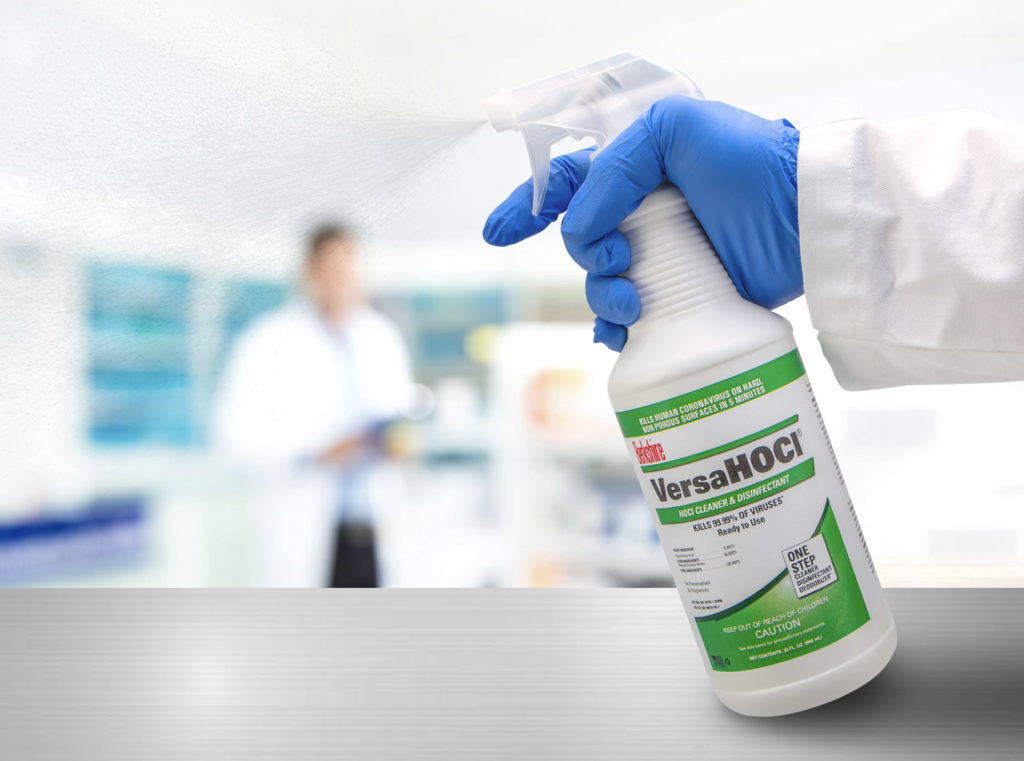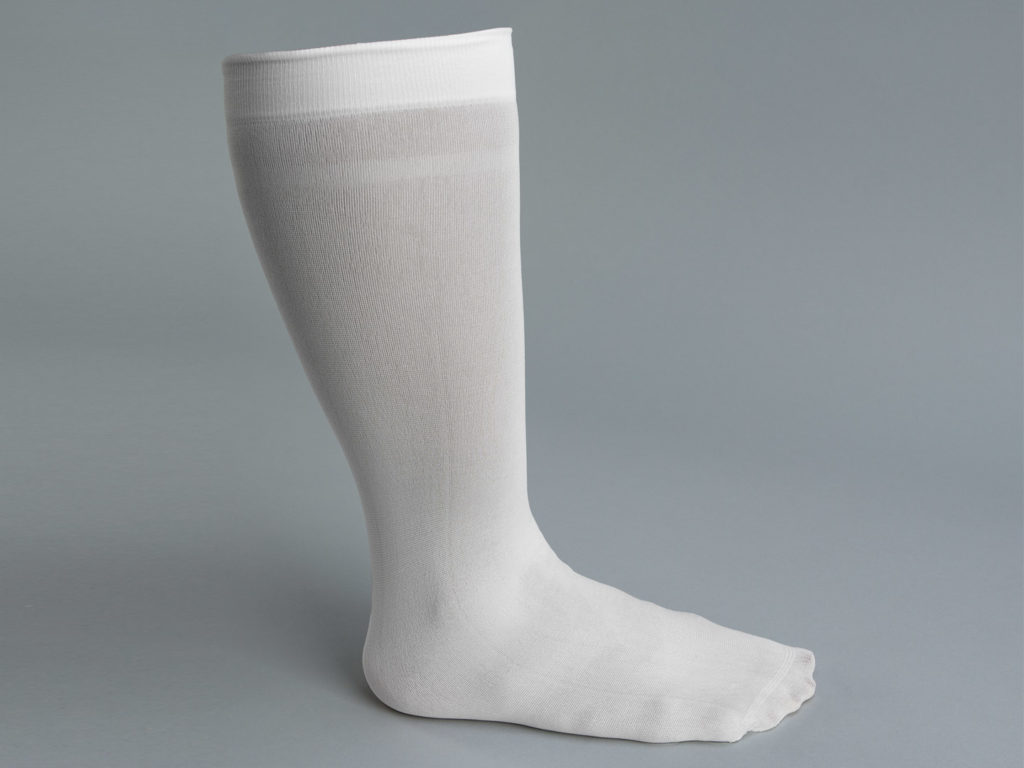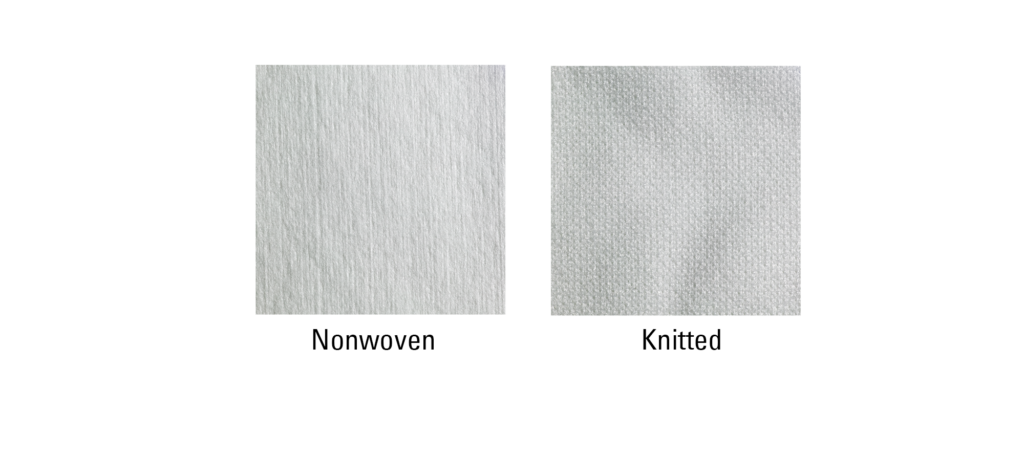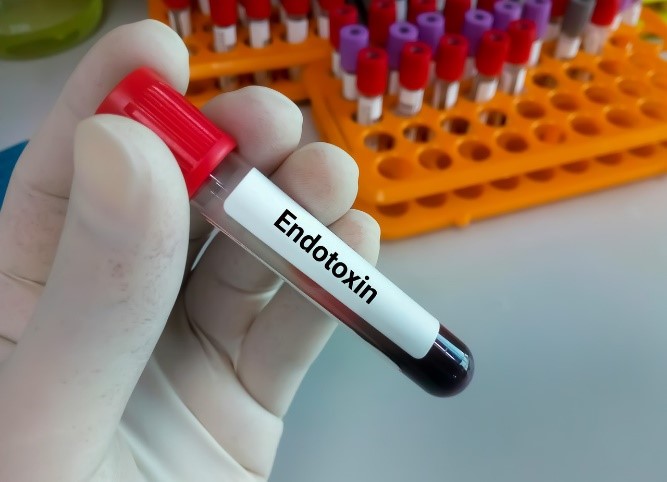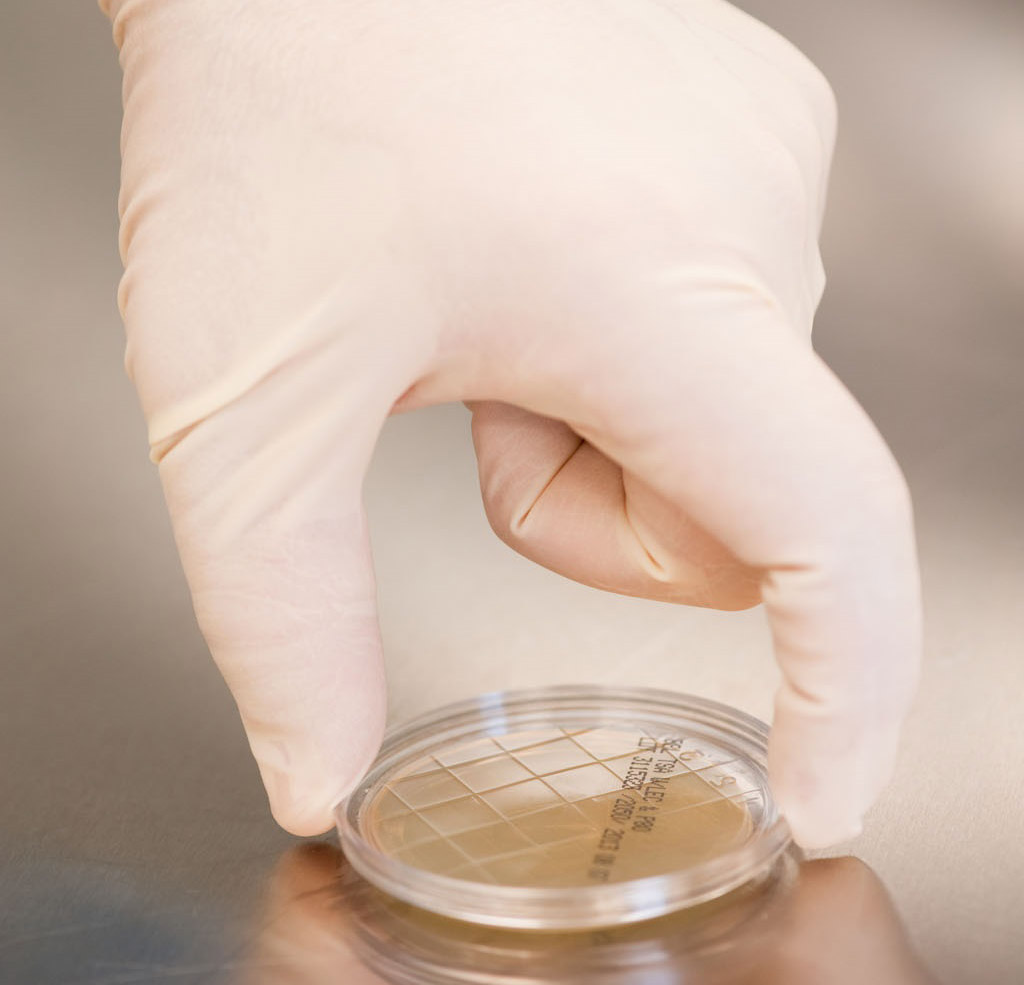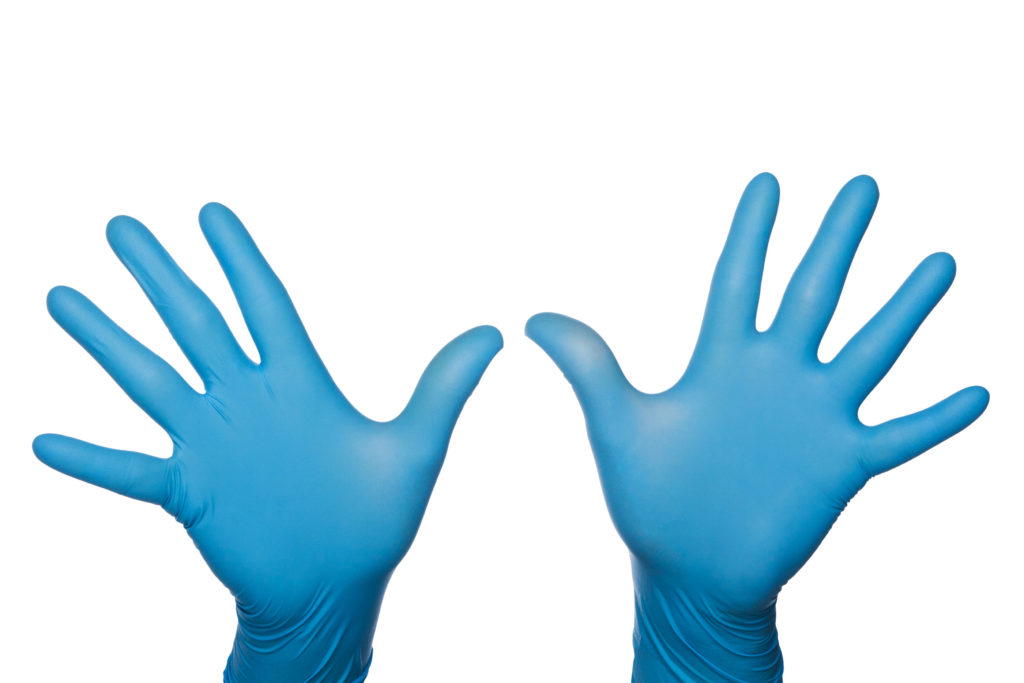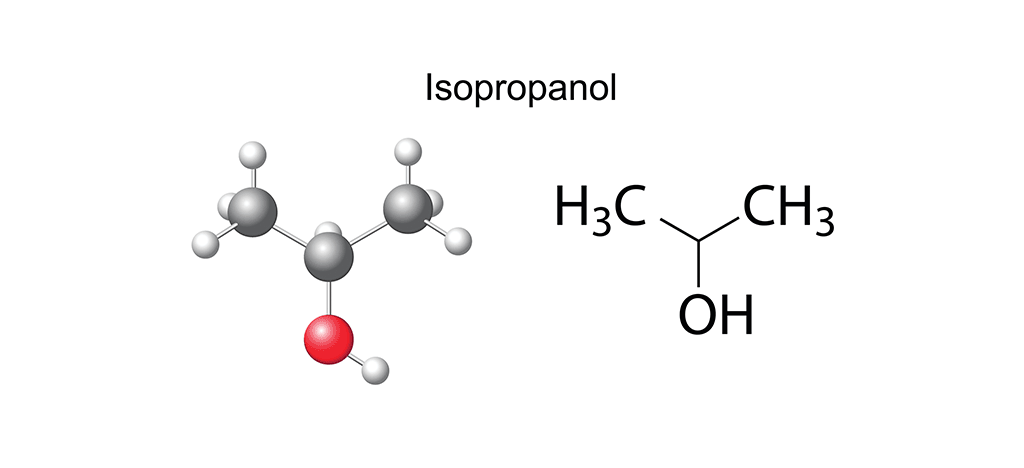Of all the contamination control activities in a cleanroom, perhaps the most critical are disinfection procedures. That’s because human health depends on the quality and thoroughness of surface disinfection. Many solutions can be considered for surface disinfection, but hydrogen peroxide (H2O2) and hypochlorous acid (HOCI) rate special attention. Hydrogen Peroxide (H2O2) Hydrogen peroxide is a [Read More…]
Category Archives: Cleanroom News
People who use disinfectants face many dilemmas when cleaning their environments effectively. For example, they need to safely disinfect surfaces and equipment while minimizing the harmful effects of traditional disinfectants. Some of these effects include corrosion of metals and plastics, pungent odor and fume, the residue left behind that is difficult to remove, and even [Read More…]
For Immediate Release Greensboro, NC October 27, 2022 – Berkshire Corporation, a global industry leader in developing and manufacturing products that minimize the risk of contamination in cleanrooms and other critical environments, launched VersaHOCl™, a powerful, non-toxic, low-residue disinfectant. VersaHOCl™ has an active ingredient of 0.065% hypochlorous acid. This EPA-registered one-step RTU (ready-to-use) cleaner, disinfectant, [Read More…]
Have you been keeping track of the recent developments in cleanroom apparel requirements? Have you already begun incorporating the updated EU GMP Annex 1 chapter regarding personal protective equipment (PPE) into your Contaminations Control Strategy (CCS)? If not, please read on and learn about the impact of the new specifications regarding PPE for cleanroom personnel, [Read More…]
Within the cleanroom or contamination-controlled environment, one of the most useful pieces of equipment is the wiper. From preparing work surfaces to cleaning up after spills, the wiper is expected to perform perfectly whatever the task. We depend on them every day, but how much do we really know about them? What’s the difference between [Read More…]
Happy New Year – can you even believe that 2021 is almost behind us? As you know, at Berkshire we aim to bring you the very best of controlled environment news. Last year, we looked at copper and tobacco as allies in the fight against COVID-19 and took a leisurely break from viral problems to [Read More…]
Often, we use the terms’ bacterial endotoxin’ and ‘pyrogen’ interchangeably. They refer to phospholipid-polysaccharides (also termed lipopolysaccharides, or LPS). And there’s a chance that these pyrogens may be released from decaying Gram-negative bacteria such as E. coli. Following cell death, these complex macromolecules emanate from compromised outer cell walls. If unchecked, it can induce and [Read More…]
Contact Plates and Clean-Up In the compounding of pharmaceuticals, Primary Engineering Controls (PECs) are critical in ensuring final product integrity and public safety. Equipment such as compounding aseptic isolators (CAIs) and biological safety cabinets (BSCs) must be contamination free, and this requires diligent monitoring to maintain standards to PEC ISO 5 classification. According to USP [Read More…]
We’ve Got You Covered It has been said that one of the (arguably very few) upsides of the COVID pandemic has been the opportunity to step out of our own reality and appreciate another person’s perspective, to walk, metaphorically at least, in their shoes. During the last year, for instance, we have certainly been given [Read More…]
In the cleanroom environment, there is none more popular than isopropyl alcohol. It wields great power and has many useful qualities. According to strict definition from Britannica.com, ‘alcohols are among the most common organic compounds. They are used as sweeteners and in making perfumes, are valuable intermediates in the synthesis of other compounds, and are [Read More…]






